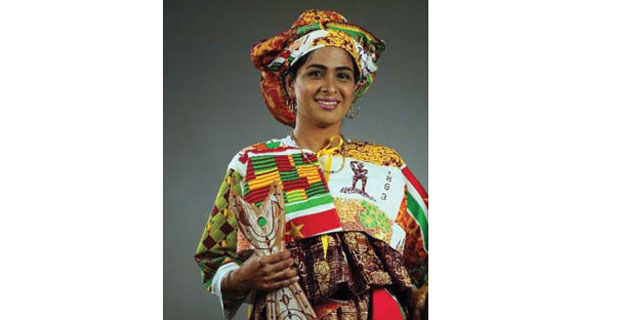SURINAME’S INDIA CONNECTION
When the Prime Minister of India recently ...
Marking another change was the emergence of nationalist and more ‘beyond ethnicity’ political movements, during and after the military regime of 1980-1987. Political awareness in the maroon community, emerged especially after the war in the interior, in the 1980-ies and the discovery of large reserves of gold in the late 1990-ies by multinationals in the interior, splurged growth of political parties led by leaders of Maroon descent, prompting the electorate that the Maroon community could no longer see itself as a backward group of Suriname.
In times where left and right are not so far from each other, the phenomenon of coalitions is the rule rather than the exception and exceptional Suriname, is no exception.
The recent elections in Suriname, faced not only the challenge of the COVID-19 pandemic, yet the result was showing a massive growth of the party established by the PIO community, during decolonization. The dynamics of growth of this party is best explained through its changes in names. It started as the United Hindustani Party (VHP)* and transformed into today’s United Reform Party.** Particular is also the role of the in essence ‘Maroon’ party, to join and establish the recently formed coalition-government. Multi ethnicity is perhaps no longer a utopia, yet euphoric is of course the patience to reach political multi ethnicity. Suriname faced a change in government. With President Chandrikapersad Santokhi, who is a descendant of Indian Indentured laborers, the PIO Community as a whole is in prime spotlight and the vibes of pride are justified.











Comments.